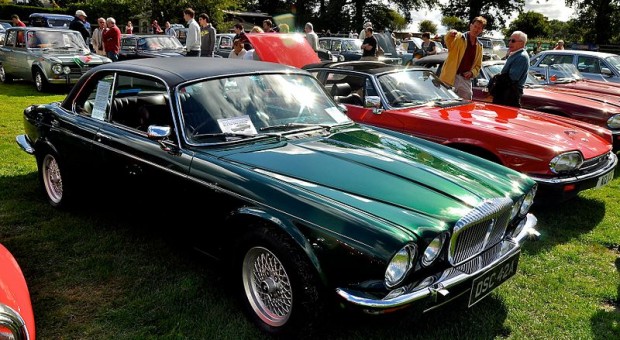
So, that fabulous, sparkling dark red ’69 Mustang has caught your eye, or you set your heart on a vintage British racing green Jaguar E-Type.
They look spectacular, and you cannot wait to get to that auction. At first, any of these classic vehicles might seem a great catch and an exciting bargain. However, unless you know what you are doing, they can turn out to be a colossal waste of money. Unfortunately, in most cases, there is simply no way to tell.
There are, of course, some tips and tricks that will help you avoid some of the top mistakes that people make when buying a classic car. Knowing exactly how to avoid them might make the difference between an inspired purchase and a disastrous dud.
1. Avoid rust at all costs
The first thing to avoid when buying a classic car is to watch out for any rusty patches, damaged exterior paint or any brown stuff. While the rusty panels can be replaced or restored for most models, the work required can be very costly.
Also, rust is a sign of structural damage to the whole car and can affect other sensible metal components. Simply put, once you start replacing or fixing a rusty car, it will never be the same because additional elements will continuously be eaten up by newly formed rust. It is a problem that is very difficult to get rid off and will cost a fortune in repair work and maintenance.
2. Pay attention to the numbers
This step requires a little more attention, but it can help you avoid replicas or other scams. The so-called “numbers-matching cars” are your best bet when it comes to classic cars. That means that you should always look for cars that have the engine, rear axle and transmission numbers link up to the car’s VIN number. However, how can you know whether the numbers add up, and you are not buying a cheap replica or a fake? For the engine, it is quite simple and straightforward: you just have to check the last six digits of the VIN number, which must be stamped on it.
However, when it comes to the transmission and the rear axle numbers, it can get a little trickier: they are stamped with a code that includes both a lot number and the date of production. You just have to check if the dates sync with the other components and your good to go.
3. Stay away from high-mileage cars
This looks like a no-brainer, but you would be surprised by how many people get suckered into buying a car that has well over 500,000 miles on the speedometer. After all, it is quite obvious to many of us that a car that has fewer miles on the speedometer is far better than a high-mileage car, regardless of their age or condition. Of course, you can buy a 1960’s Porsche that has 300,000 miles on it, but this must be reflected in the price.
You simply can’t charge the same amount for a car that has 400,000 miles on the speedometer versus a car that barely has 50,000 miles. An excuse that you will hear very often is “Oh yeah, it does have 250,000 miles, but I took care of it”. While it may be true, you simply can’t take on an additional risk, especially without knowing the full background of the car.
4. Do your homework
Nowadays, the incredible amount of information available on any car model imaginable is only a click away. There are countless blogs, magazines, forums and discussion groups that will love to help and share the knowledge with you. Your only job is to reach out and learn by reading every article on your favorite model.
You can even get price quotes for similar cars located across the globe or check the price of replacement parts and accessories. Simply by doing your homework you will avoid most of the mistakes that people make when buying a classic vehicle.
License: Creative Commons image source
Flaviu Mircea is an automotive enthusiast who does everything he can to keep his ride up to date, and is always looking for the classics. However, he doesn’t have the tools or facilities to handle all restorations, and for those jobs he turns to the experts at www.linearautomotive.com. You can learn more about Flaviu on Google+.




















